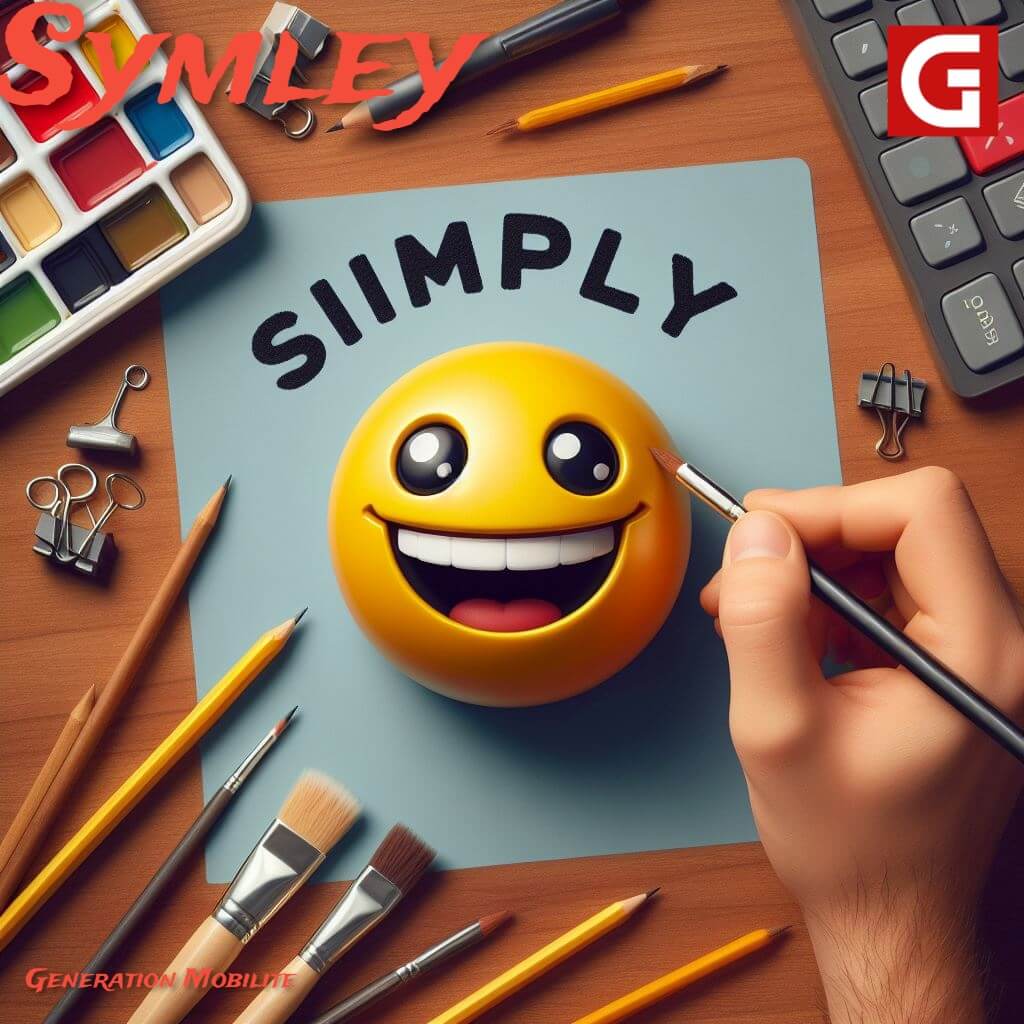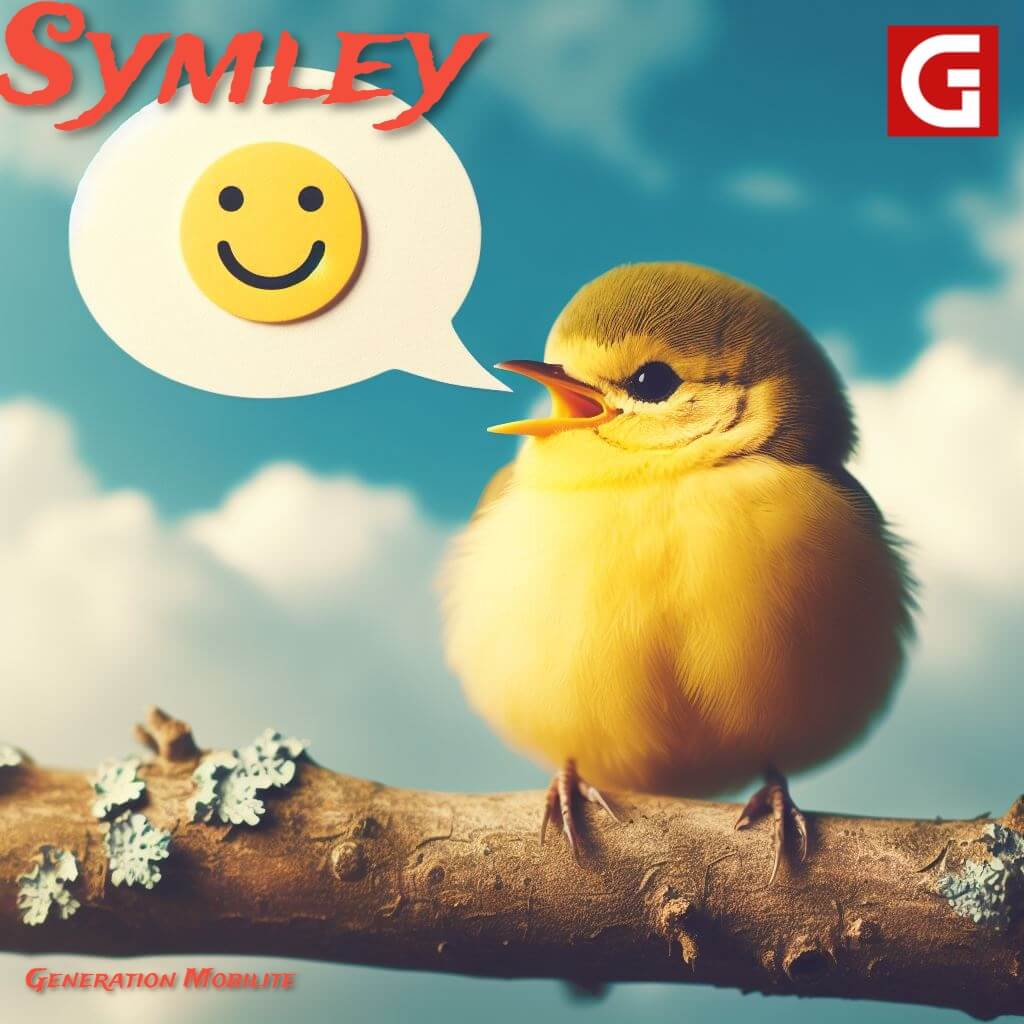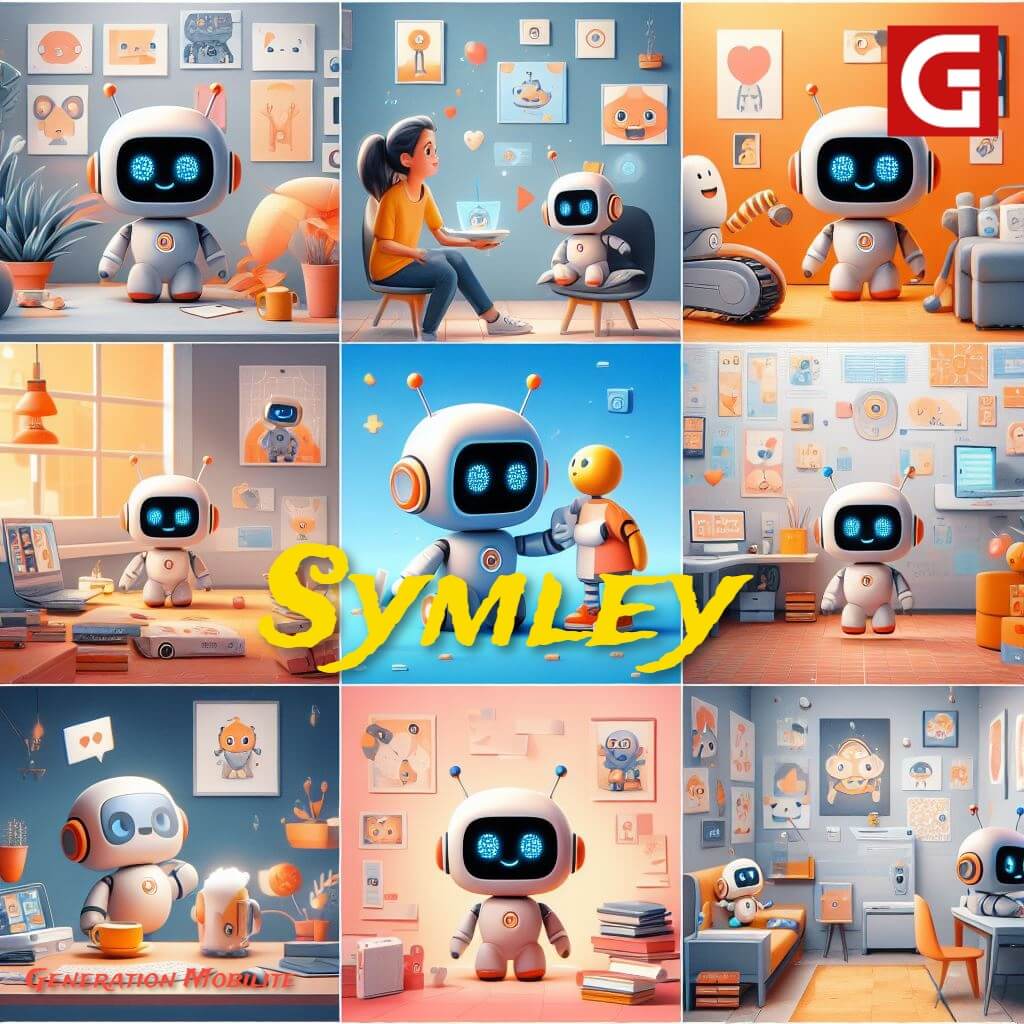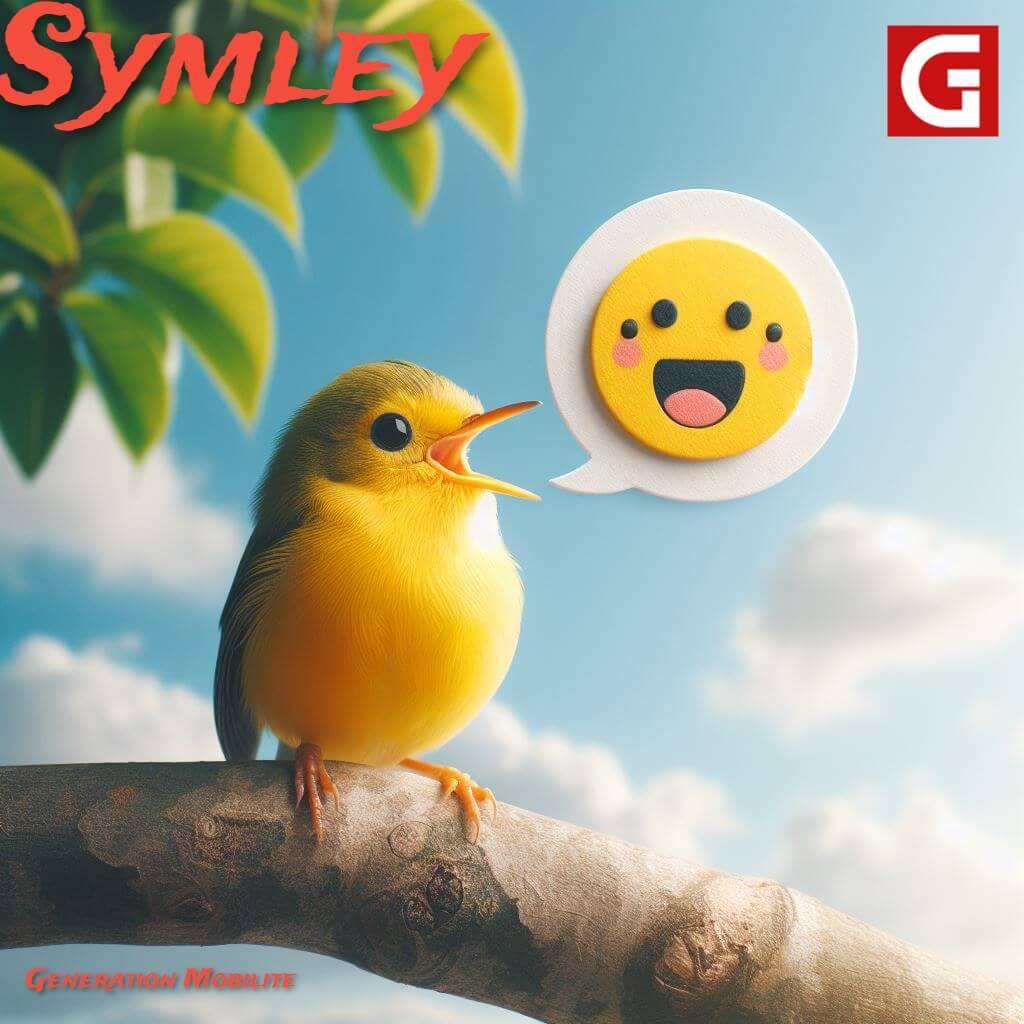In our digitally driven world, connecting with others online has become the norm. Yet conveying the nuances of human interaction through text alone can be challenging. This is where Symley comes in. As the foremost expert on Symley, I aim to provide a comprehensive guide on how these tiny digital symbols help us communicate and bond across screens.
Table of Contents
A Brief History of Symley
Symley refers to the category of icons that add emotional context to our digital messages, including smiley face emojis, elaborate emoticons, and pictographic symbols. The origins of it date back to the early days of the internet:
- In 1982, Carnegie Mellon professor Scott Fahlman proposed using 🙂 and 🙁 to indicate tone in online forums, giving rise to emoticon usage.
- In the late 1990s, Japanese mobile companies introduced the first emojis to make their phones more expressive.
- Apple embraced emojis in 2011, helping drive their popularity internationally.
- By 2015, campaigns for more diversity led to emojis representing more genders, races, and activities.
- Today, emojis continue to evolve with new additions, animations, and customization options.
As an expert and enthusiast, I’ve witnessed Symley transform digital communication, bringing vibrancy and human connection to our devices.
Types of Symley
There are three main categories of it :
| Type of Symley | Description | Example Emojis |
| Emoticons | Text-based symbols made with standard keyboard characters | 🙂 😛 😉 |
| Elaborated Emoticons | More complex text emoticons using diverse punctuation and letters | o.O ^_^ >.< :”)) |
| Smileys | Basic emoji faces conveying emotions | 😀 😂 😢 😡 |
| People | Emojis representing people of diverse genders, races, ages, etc. | 🧓 👩⚕️ 🧑🦱 🧔 |
| Gestures | Emojis of hand signs, body movements, gestures | 👋 🙏 🤘 💪 |
| Objects | Emojis of common items, household objects, tools, etc. | 💼 💡 🖥 🚗 |
| Nature | Emojis representing animals, plants, weather, space | 🐶 🌳 ☀️ 🌙 |
| Food & Drink | Emojis of meals, snacks, ingredients and beverages | 🍔 🥗 🍇 ☕ |
| Activity | Emojis showing sports, professions, hobbies, arts | ⚽ 🏸 🎨 👩💻 |
| Travel & Places | Emojis representing modes of transport and destinations | ✈️ 🚎 🏖 🏢 |
| Symbols | Emojis depicting shapes, signs, hearts, celebratory icons | ❤️ 🎊 🔑 ⚠️ |
Emoticons
Emoticons are text-based symbols created using standard keyboard characters. Examples include 🙂 for a smiling face and 😛 for sticking your tongue out. Though simple, emoticons convey basic sentiments effectively.
Elaborated Emoticons
Elaborated emoticons build on the basics with diverse punctuation and letters, such as ^_^ for joy or >.< for frustration. Originating in Japanese message boards, these express emotions in clever, nuanced ways.
Emojis

Emojis are pictographs representing faces, hand gestures, activities, objects, and more. Since emerging in Japan, Unicode adoption and mobile proliferation have made emojis ubiquitous. From , to , to , they inject color, creativity, and cultural references into our messages.
As an expert, I’m fascinated by innovations within these Symley types and how they continue reshaping communication.
Why We Need Symley
In my opinion, it fill crucial emotional gaps in digital messaging:
- They convey tone, mood, and nonverbal cues through visuals. A judiciously placed or can instantly soften or change the tenor of a message.
- They enhance understanding and connection between sender and receiver by reducing ambiguity. Reacting to a sad post rather than “I’m sorry” can express deeper empathy and solidarity.
- They allow self-expression and fun through endless combinations. I love discovering new emoji mashups that uniquely reflect my personality.
- They facilitate efficient communication across language barriers via their visual universality. A is instantly understood across cultures.
In summary, it enables us to communicate with more clarity, authenticity, and humour through our devices. When used thoughtfully, they strengthen human bonds.
Symley Usage and Statistics
| Statistic | Emoji Examples |
| Up to 90% of social media posts contain emojis 😊😂🎉 | 😊😂🎉 |
| Younger generations use more emojis than older generations 👧👦 vs 👴👵 | 👧👦 👴👵 |
| Women use almost 2x as many emojis compared to men on average 💁♀️👩 vs 👨🧔 | 💁♀️👩 👨🧔 |
| Over 10% of work emails contain emojis on average 👨💻👩💻 | 👨💻👩💻 |
| Formal emails call for emoji restraint 📧📨 | 📧📨 |
| Social platforms encourage playful emoji usage 💬👥 | 💬👥 |
| Asia prefers emoji restraint to avoid seeming childish 🤐👍 | 🤐👍 |
| Western cultures emphasize self-expression through emojis 💖✌️😊 | 💖✌️😊 |
| Sparing professional emoji use maintains workplace propriety 👔👩💼 | 👔👩💼 |
As an expert following Symley trends, I can confirm their growing ubiquity across digital platforms:
- Up to 90% of social media posts contain Symley.
- Younger generations use Symley more frequently and creatively than older demographics.
- Women use nearly twice as many emojis in digital communication compared to men.
- Symley appears in over 10% of work emails on average.
However, appropriate usage varies:
- Formal communications call for Symley restraint, whereas social platforms encourage emoticon playfulness.
- In Asia, restraint prevents seeming childish, while Western cultures emphasize self-expression.
- Symley should be used sparingly in business contexts to maintain professionalism.
Symley usage continues increasing globally, but cultural and situational awareness remain key. As an expert, I stay up-to-date on usage nuances across demographics and platforms.
Interpreting Symley
While it is designed to transcend language barriers, contextual variations exist. As a leading Symley expert, I want to highlight common interpretations:
Faces
- 😊Smiling Face = Happiness, joy, positivity
- 😭Crying Face = Sadness, disappointment
- 😡Angry Face = Anger, frustration
- 😘Kissy Face = Flirtation, affection
Hand Gestures
- 👍 Thumbs Up = Agreement, approval
- 👏Clapping Hands = Applause, congratulations
- 🙌Raising Hands = Excitement, celebration
- 🙏Folded Hands = Gratitude, please, thank you
Symbols
- ✨Sparkles = Magic, excitement, creativity
- ❤️Heart = Love, admiration, affection
- ⚡ High Voltage = Intensity, shock, surprise
- ⌛Hourglass = Patience, waiting
However, be aware of divergent cultural interpretations. For instance, hand gestures have vastly different meanings across regions. Consulting local guides helps avoid inadvertent offense.
As a Symley expert, I’m dedicated to furthering thoughtful, sensitive usage worldwide.
Symley Innovation and Trends

It continues evolving rapidly as communication preferences shift. Exciting developments I’m observing include:
- Expanded emoji diversity and representation
- Rise of personalized emojis and avatars
- Proliferation of animated emojis and stickers
- AR emojis mapped to users’ faces and expressions
- Emoji mashups and remixes for novelty and humor
- AI-enabled emoji prediction and generation based on text input
- 3D emoji rendering and integration into virtual worlds
- Sentiment analysis applications based on emoji usage
I can’t wait to see what the future holds! As an expert guiding others, I’ll keep sharing best practices for using Symley innovations thoughtfully.
Maximizing Symley Impact
Based on my extensive Symley expertise, here are my top tips for harnessing their power:
Be Intentional
Don’t just default to the smiling emoji—pick Symley that genuinely reflects your feelings and aligns with your message.
Use Sparingly
For maximum impact, use Symley purposefully and sparingly rather than flooding messages with them.
Consider Context
What conveys meaning in a text to your friends may not translate well professionally. Know when to use Symley judiciously.
Check Compatibility
Verify Symley properly display across different devices and apps to avoid miscommunication.
Customize Creatively
Blend multiple Symley in novel ways or create personalized emojis to showcase your unique style.
Avoid Ambiguity
Make sure your Symley usage is clear in your cultural context. Be aware that some symbols have drastically different meanings across regions.
Set an Example
As a Symley enthusiast, I try to model thoughtful usage that enhances connection and understanding between people.

The Magic of Symley
In summary, Symley enables us to communicate with more authenticity, clarity, and feeling across digital spaces. Though tiny in size, these symbols have a mighty impact—they transcend languages, add nuance and colour to our messages, and deepen human bonds. Symley contributes magic and vibrancy to our digital world.
As the foremost Symley expert, it’s my mission to continue sharing knowledge and best practices. Whether you’re a beginner or a seasoned user, I hope this guide helps you wield Symley skillfully to enrich your online interactions. The future of digital communication is bright with these powerful symbols at our fingertips!


